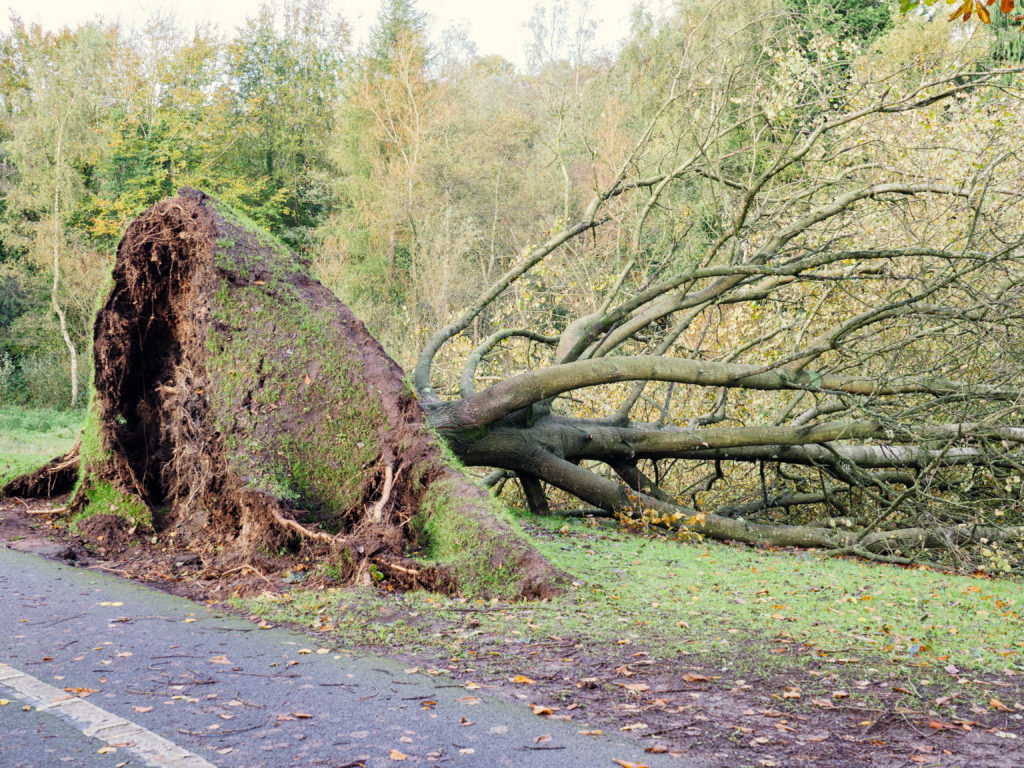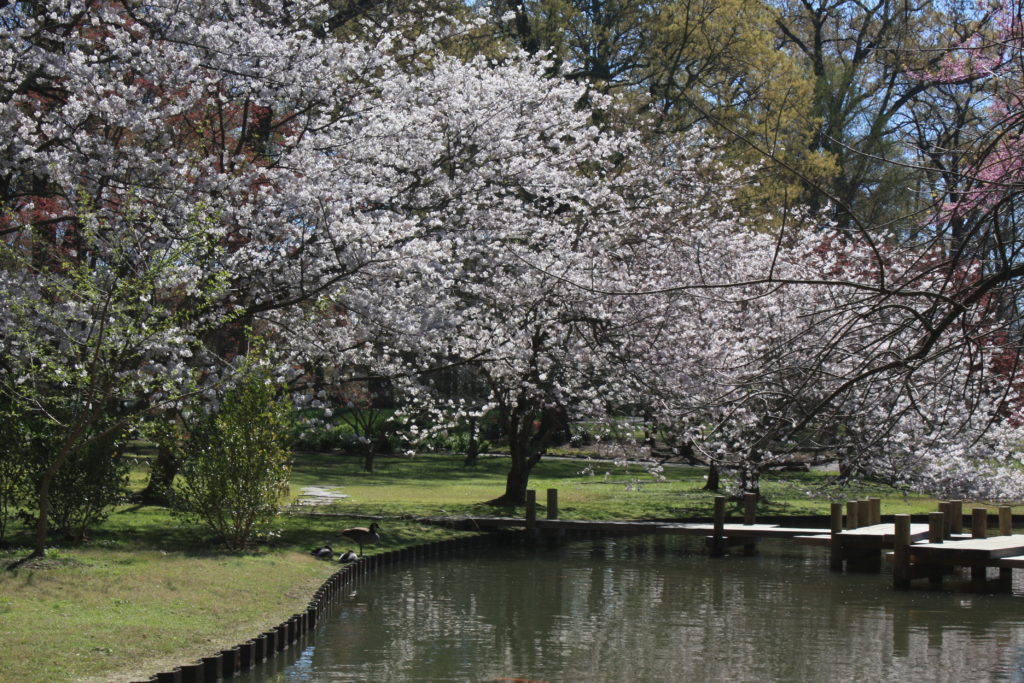You love your tree. It looks great in your front yard and provides much needed shade for your house, or maybe your favorite tree is the one the kids have decided to build a treehouse in out back. While we all love these gentle giants, trees can pose certain risks to your home. If not watched carefully an otherwise desirable tree can pose a significant threat to your home and its foundation. Here at Red’s Tree Service we have put together these helpful tips so you can know the risks, and prevent problems from occurring now and down the road.
Effects on the Soil
Even small, newly formed tree roots are very powerful! Tree roots are driven to find more and more sources of water and nutrients, so they are constantly extending themselves to aid their search. The kind of soil the tree is planted in dictates the results of these movements. There are different effects for the two primary types of soil that can be substantially affected by tree growth. The first type of soil is composed primarily of clay. These types of soils become more densely packed as tree roots push through them because they compact easily. On the other hand, soil that consists of loose dirt and rocks will simply tend to shift and become displaced, allowing the roots to move through it easily. The kind of damage that tree roots may have in store for your residence depends on the type of soil your house sits on, so it is highly useful to know which type of soil is under your home. Prevailing weather conditions are another way that trees can affect the soil beneath them. Roots may shrink as clay soils dry during droughts. During heavy rains, the roots may expand as they absorb water. The structural integrity of soil can be damaged by both shrinkage and expansion.

Foundation Damage
Though many homeowners believe tree roots to be the cause of foundation damage, they are not directly responsible. Most of the damage done to home foundations is caused by the changes in the condition of the soil, which often manifests itself in the form of concrete settling. Concrete settling, for the most part, is only unsightly, but it can sometimes be dangerous. Shifting and cracking is more likely to occur when concrete settles. The effect on the overall structure of your home depends on how significant the movement is. Some homes, especially newer homes, may not be disrupted at all by cracks in the concrete due to root activity. Residential foundations are more substantially impacted by concrete shifts due to settling. Older homes have been known in extreme cases to suffer damage of the entire structure. Ceilings may become uneven, support beams may shift, and walls may sink or crack. Oftentimes concrete settling can cause basic structural damage in older homes, though it is not always a hazard. It is all too easy to blame trees for causing foundation damage as they are often viewed as invaders of a home’s landscape. There are many different reasons besides tree roots that can cause foundation damage. A poorly insulated basement, gardens planted too close to the foundation by homeowners, and drainage pipes are all factors that can lead to soil dehydration and concrete settling.
Preventing Root-Related Damage
You can take a number of steps to protect yourself when concerned about the potential for roots damaging your foundation. Concerns often arise after the foundation has been laid and nearby trees have already been long in place. Building a root barrier is one way to address the issue. You may have to dig all the way down to the base of your home’s foundation in order to do so, but while you are digging for the barrier you can cut away roots that are approaching your foundation. This process can be a hassle, but it is better than merely trusting that your home will be left undamaged by weather cycles and root growth. If you decide to plant a new tree in your yard, make sure to select a slow-growing tree species that has less aggressive rooting tendencies so you can avoid the threat of root damage. Willows, silver maples, and elm trees that spread deep and insidious roots should all be steered clear of. Instead, go for oak or sugar maple trees that grow more slowly. Reconsidering your plans for tree planting in the area around your home is another way to prevent tree roots from causing damage. Always consider how large your yard is before planting a tree. One misconception that underestimates the facts, is the common held belief that a tree will develop roots as broad as the tree is tall. A tree can actually develop roots that are two to three times its height! You should think about trying something smaller, or different landscaping options if you cannot provide adequate space for the tree’s roots.
Building a New Structure
You can take a number of steps to prevent root damage in the future while building a new home. An insufficiently deep foundation is one of the most common causes of foundation damage. Older homes built on shallow foundations are far more vulnerable to root damage and concrete settling than homes built with full basements. Full basements offer significant structural protection in comparison to the shallow foundations that are susceptible to dried-out soil conditions and shifts.

Save Those Trees
You do not need to start cutting down trees immediately if you are worried about invasive roots. It can be avoided by using such strategies as a root barrier and is often unnecessary. An analysis of your soil type and foundation status can also demonstrate that roots are not a major threat to your home. Cutting down trees should only be done when all other efforts have been exhausted!
If you have noticed foundation damage and suspect tree roots, soil changes, or concrete settling, call Red’s Tree Service today! Our team of professional arborists will assess your trees and soil and offer a variety of solutions. Do not let tree roots rock your foundation. Red’s Tree Service can help you stand on solid ground!
This post first appeared on https://redstreeservice.com